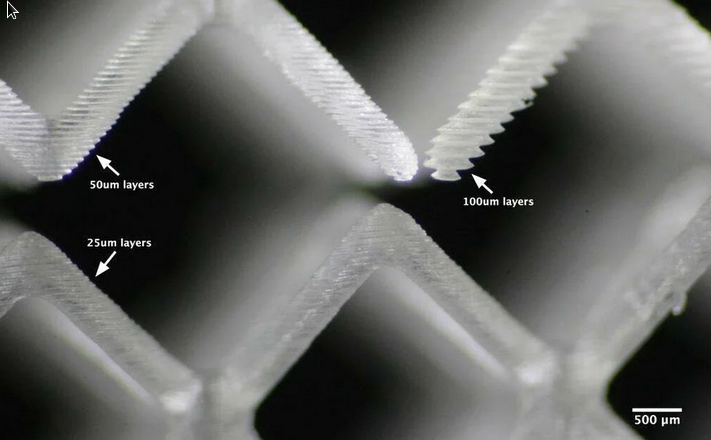Setup: https://www.youtube.com/watch?v=VIa-kaPkseg
When taking the bed out, lift it, because dragging the surface can scratch the glass (by lift it, I mean drag it upwards, against the black parts)
When tightening the screws on the build plate (with an allen key), do the front one first then the side one.
Leveler not included, so use your own, and level the base of the device
When filling the tray with resin, don't go to max level unless you have to (messier), and don't worry about bubbles.
That weird black plastic part is an attachment for drip drying (smaller) prints
Used resin goes back in the bottle (use a filter just to keep out plastic parts)
To clean a print, dip it in Isopropyl Alcohol from the drug store, a few minutes (some say longer the better but longer also dulls prints), then dip it in water.
To cure a print, nothign more than an hour. Just set it outside in the sun if you don't have the special washing/curing machine).
Some resins come with special instructions (like over for 20 minutes) but these special instructions don't apply to most resins. All you need for regular resins is to clean resin in alcohol and cure in sunlight.
RESINS
You can leave the resin in the tray of the printer for months, but it's a good idea to cover it so no UV gets in. Stir before using again.
(water washable versus) https://www.youtube.com/watch?v=ht4tbCiFxeM
The water washable ones are not any better in terms of breathing fumes. They can be ‘stinkier' even. If a resin bothers you, change to another, as they vary from one to another. However, resin is not worse than a lot of other things people have in the house like bleach and new furniture. Pay attention and see if you get a headache or anything. The main thing people look for seems to be skin or lung irritation, and it seems it can build up over exposure time.
The way the UV curing process works it that the light is absorbed as a single photon that breaks a bond with a specific energy and that means the light has a minimum energy in order to work. The energy translates into a specific wavelength and you can look up the critical wavelength on the manufacturer’s website. This same value is usually published in the user manual that comes with the resin. What brings this into question is light sources that have many wavelengths like sunlight or a high intensity bulb. I have observed this in the UV curing resin used for bonding glass. It has a critical wavelength of 365 nm which is not visible and it doesn’t show up in “black light” bulbs at all. We can get resin to cure in sunlight but it is pretty slow and the light source we used to use is 750 Watts and heats up the building but it will give you a nice tan. The replacement we found is an led with a peak emission at 365 nm and it uses about 20 watts. So more energy doesn’t make it cure faster only the right wavelength will do and if you have that you only need a small amount of energy.
Typically eg the lamps used for auto lamps could be 350 watt per inch and may be 110 inch long. So consumed about 40 Kw per lamp
The lamps may have a spectrum with pure Hg or may have additives. Which modify the SPD. Some curing lamps cure the paints of cars, employing about 85 inch long lamp and consuming 400 watt per inch.
Curing in sunlight (not cloudy) for 2 or 3 hours. You can put it in a plastic bag or container filled with water so the water diffuses the light and lend a more even cure. Oxygen in the air can cause the resin to dry out, so water will help there too.
CLEANING
- 99% isopropyl alcohol
- plastic strainer thing
RESINS
Prusa Slicer settings for Mars2 pro
- Bottom exposure (longer to ensure they stick, but not too long or they fix too fixedly and flare at the base)
- : : 35-40s. Add 5 (so 40-45) for clearer resins
- : : 35s for all water washable resinns, according to Elegoo
- Normal exposures (assuming a 0.05mm layer height
- : : 2.5s (3s for darker resins, 6s for clearer resins)
- : : 2.5 for grey. 3 for black. 2 for white. 2.5 for all other colors including colored transparent (clear not shown)
- Layer height (lower makes for smoother, and require shorter exposure times, but will increase overall print time)
- : : 0.05mm standard, but most printers can do 0.25 - 1mm
- : : Elegoo recommends 0.05mm for all its water washable
- Lift Speed (if it's too high it might pull the print off the build plate or FEP may be damaged. Only downside to slow is slow prints)
- : : 90 is the default, between 80-100mm/s is the recommendation, but ‘vroom’ (YouTuber Uncle Jesse) settings can be like 300mm/s
- Anti-aliasing, is pixelation




Comments: 0